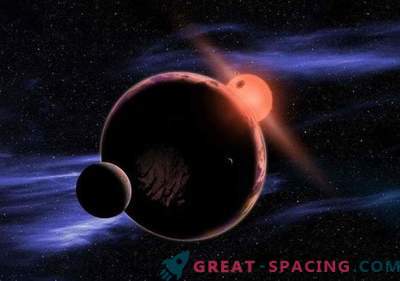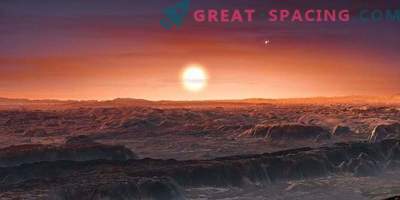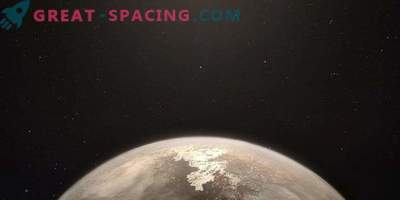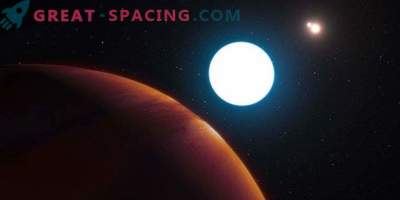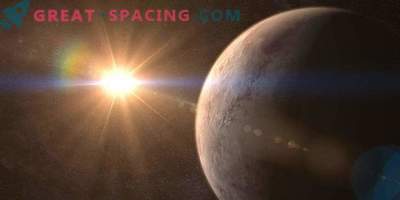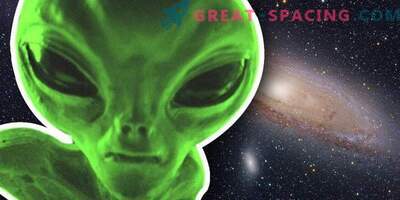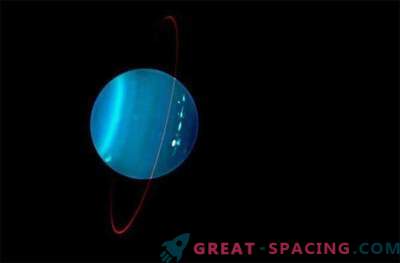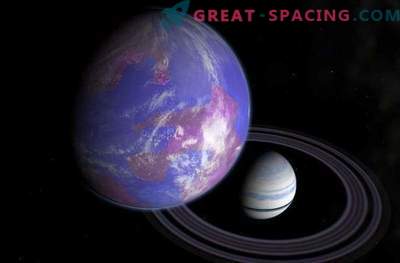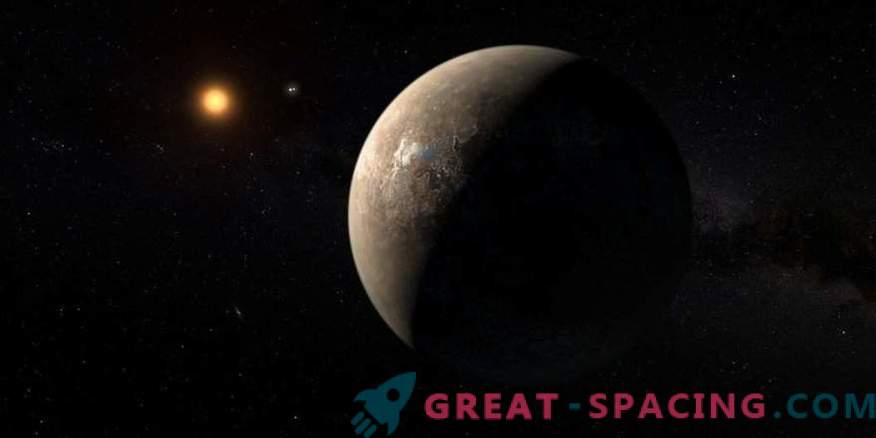
Before you is an artistic vision of the planet Proxima Centauri b rotating around the red dwarf Proxima Centauri (the nearest star to the solar system). The Alpha Centauri AB double star is also visible between the planet and the star Proxima Centauri. The exoplanet is slightly more massive than the Earth and is located in the habitable zone, where the temperature is suitable for the presence of water in a liquid state on the surface.
At a distance of 4.22 light years, the nearest exoplanet rotates around us — Proxima Centauri b. Its characteristics attracted the attention of scientists, since the distance allows not only to explore the planet, but even to dream about a possible future visit.
It was first noticed in 2013, but officially the existence of the planet was confirmed only on August 24, 2016. The world performs an orbital rotation around the red dwarf Proxima Centauri (the closest star to the Sun) at a distance of 7.3 million km. This leads to the fact that the orbital circling of the star takes 11.2 Earth days from exoplanets.
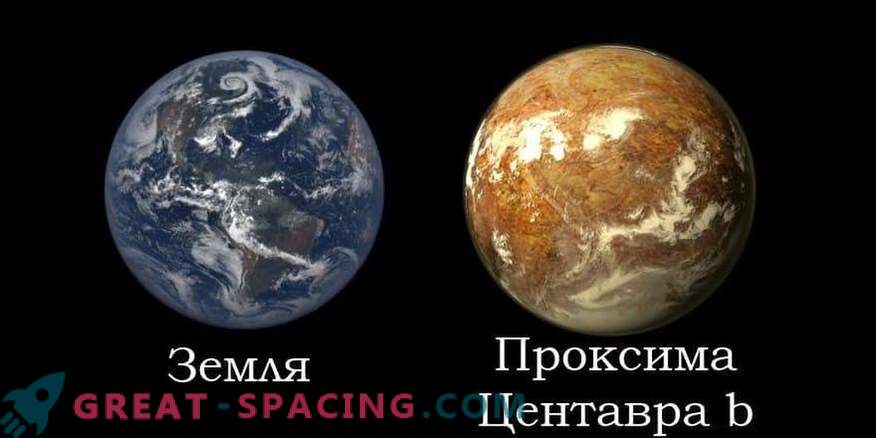
Scientists are intrigued by the fact that the planet is located in the habitable zone of a red dwarf, which allows it to produce enough heat to form liquid water on the surface.
It is believed that this is a planet of the earth type. Its radius is 1.1 times larger than the earth, and its mass exceeds our planet by 1.27 times. It is important to understand that the world revolves around a red dwarf that is inferior to our star in mass and size (0.12 solar mass and 0.14 solar radius). Therefore, the average temperature on the surface of Proxima Centauri b is only -39 ° C. But in the Antarctic regions of the Earth it falls even lower and the researchers still manage to find life. Scientists are still arguing about the presence of living organisms. The Earth's similarity index for Proxima Centauri is 0.87 (maximum - 1). In addition, the planet is in the habitable zone, which means there is a chance for the presence of an atmospheric layer and liquid water.
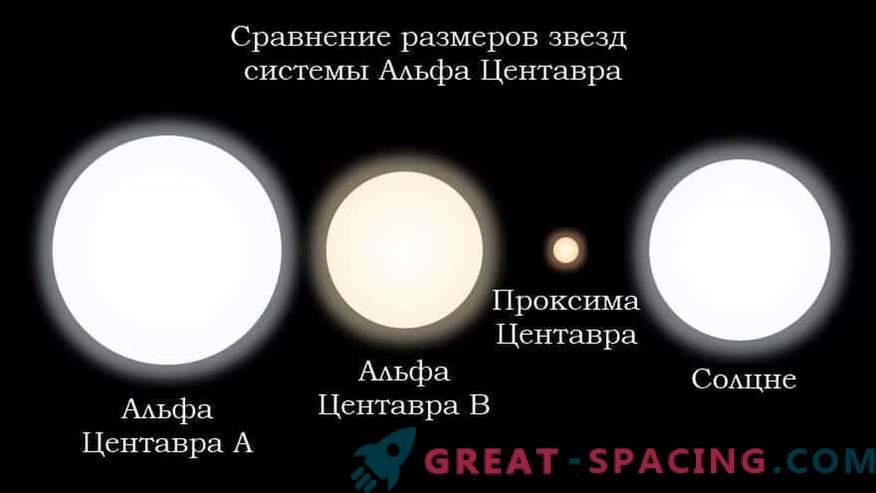
But the activity of the star Proxima Centauri confuses. Analysis shows that the world receives 60 times more high-energy radiation than our planet. And the level of X-rays is 400 times the Earth's dose (comes from the Sun). In addition, in 2017, scientists have recorded a powerful flash on a red dwarf, which led to a large radiation release on the planet.
However, researchers still doubt, because we do not yet know the details of the evolution history of this world. Some are convinced that Proxima Centauri b may have a weak biosphere, which is still opposed to the UV rays of the star. So for the time being we will not discount the planet.
